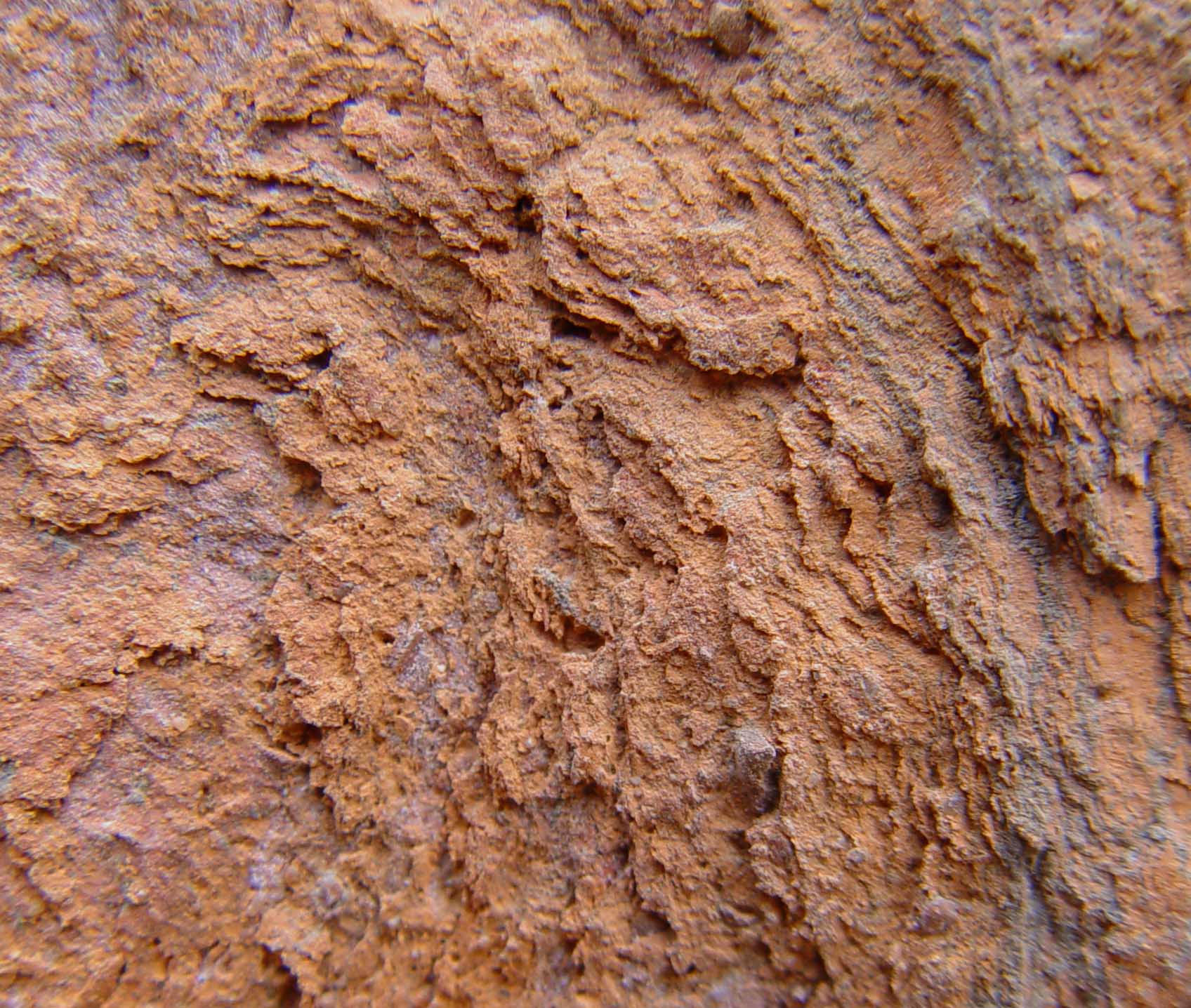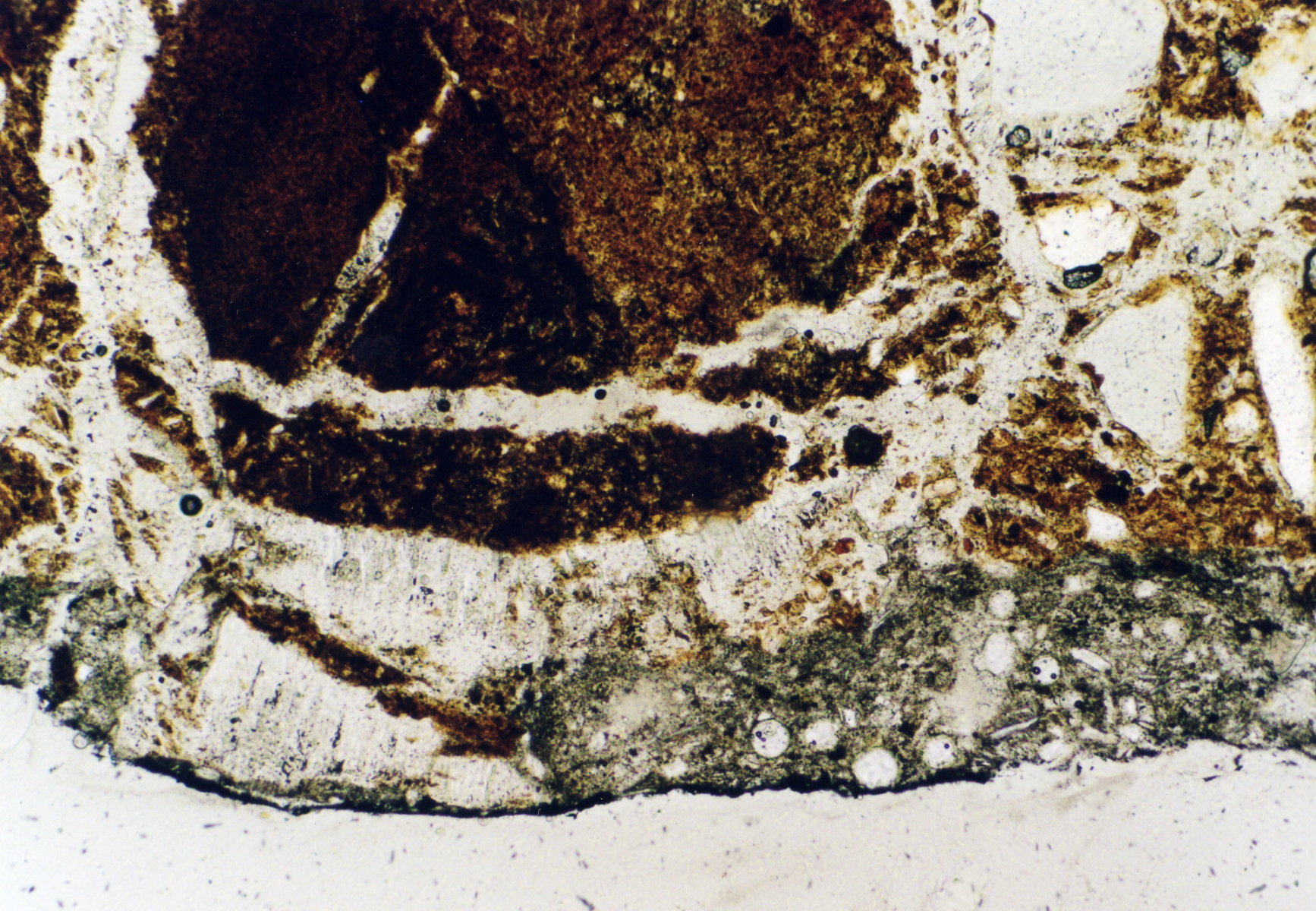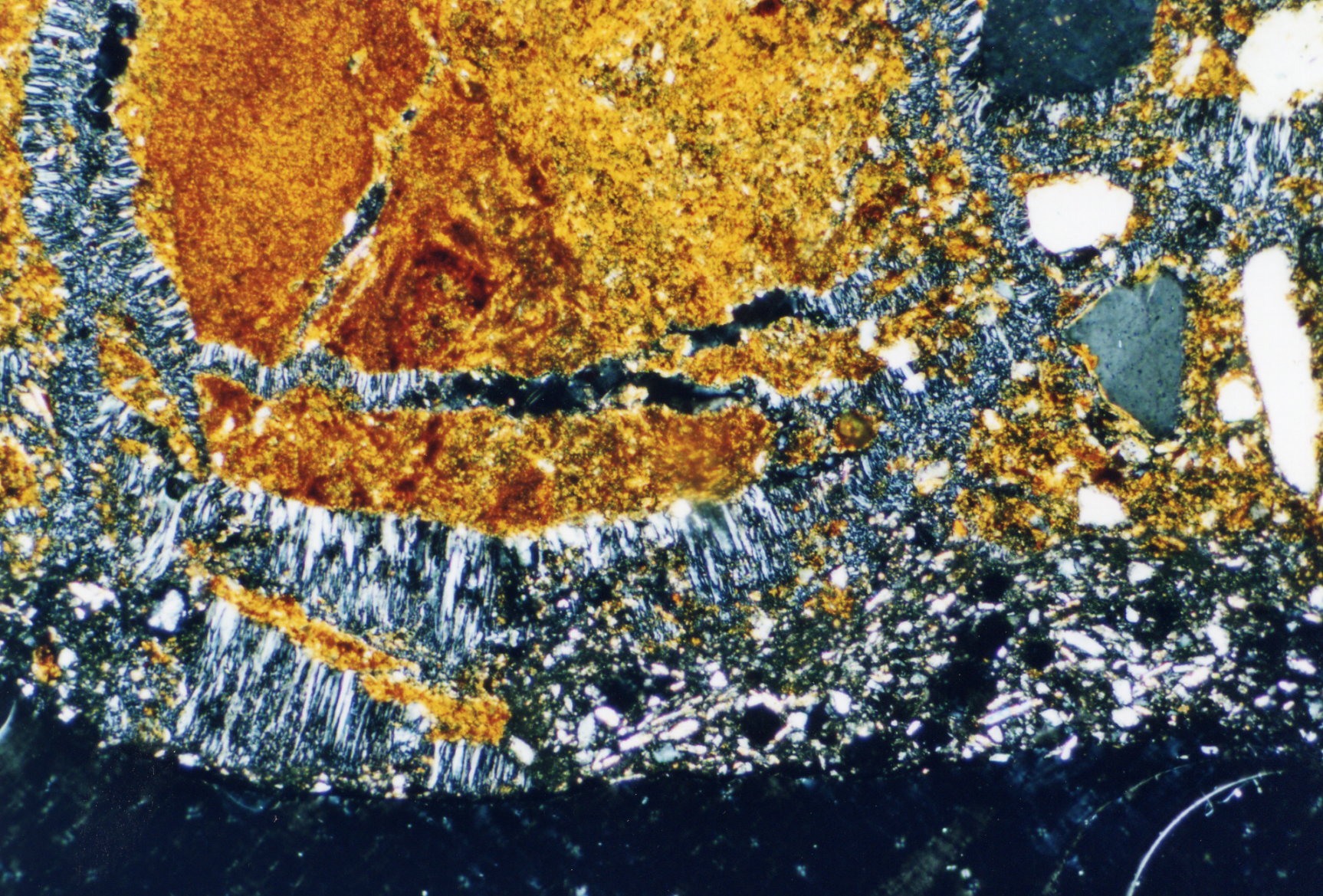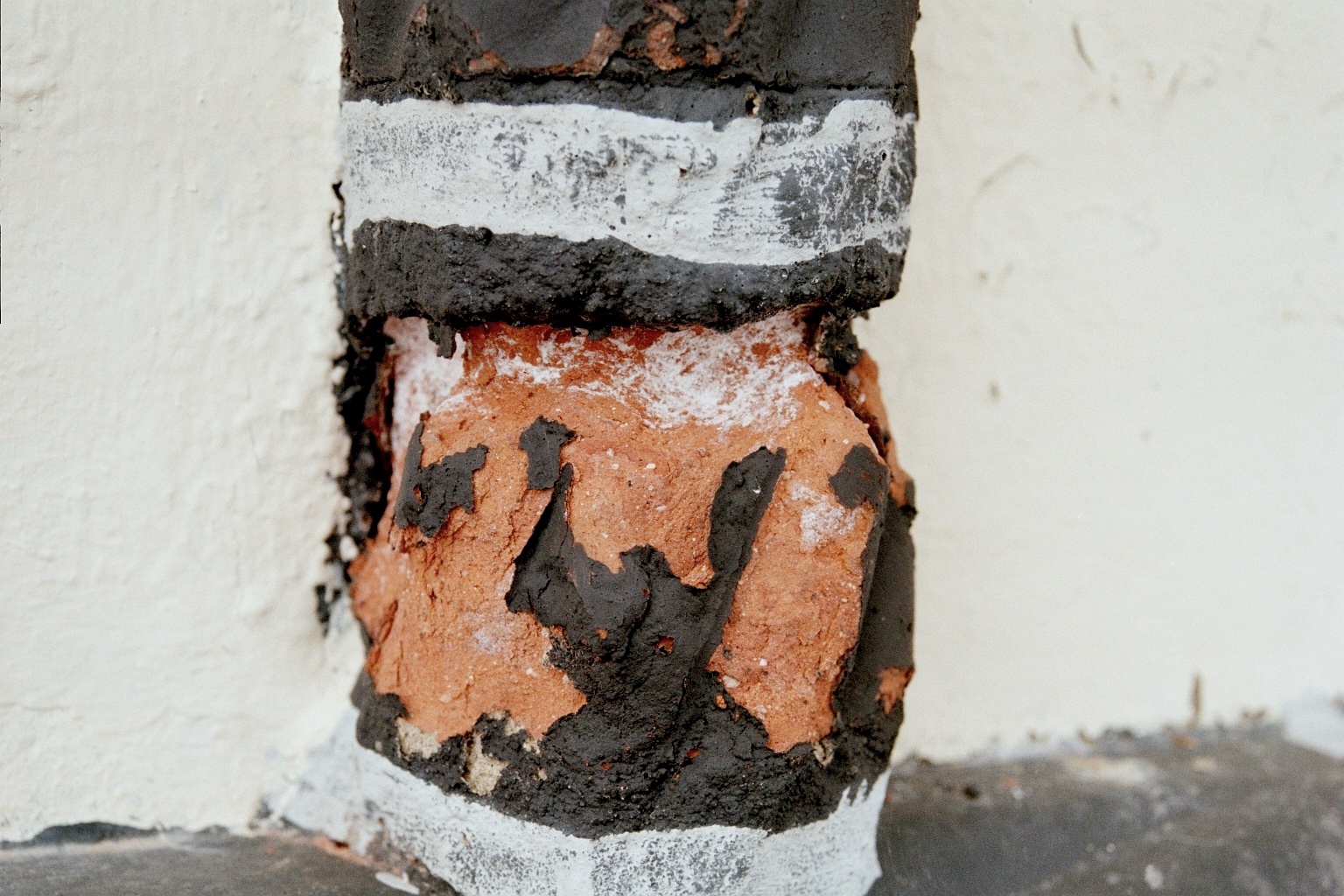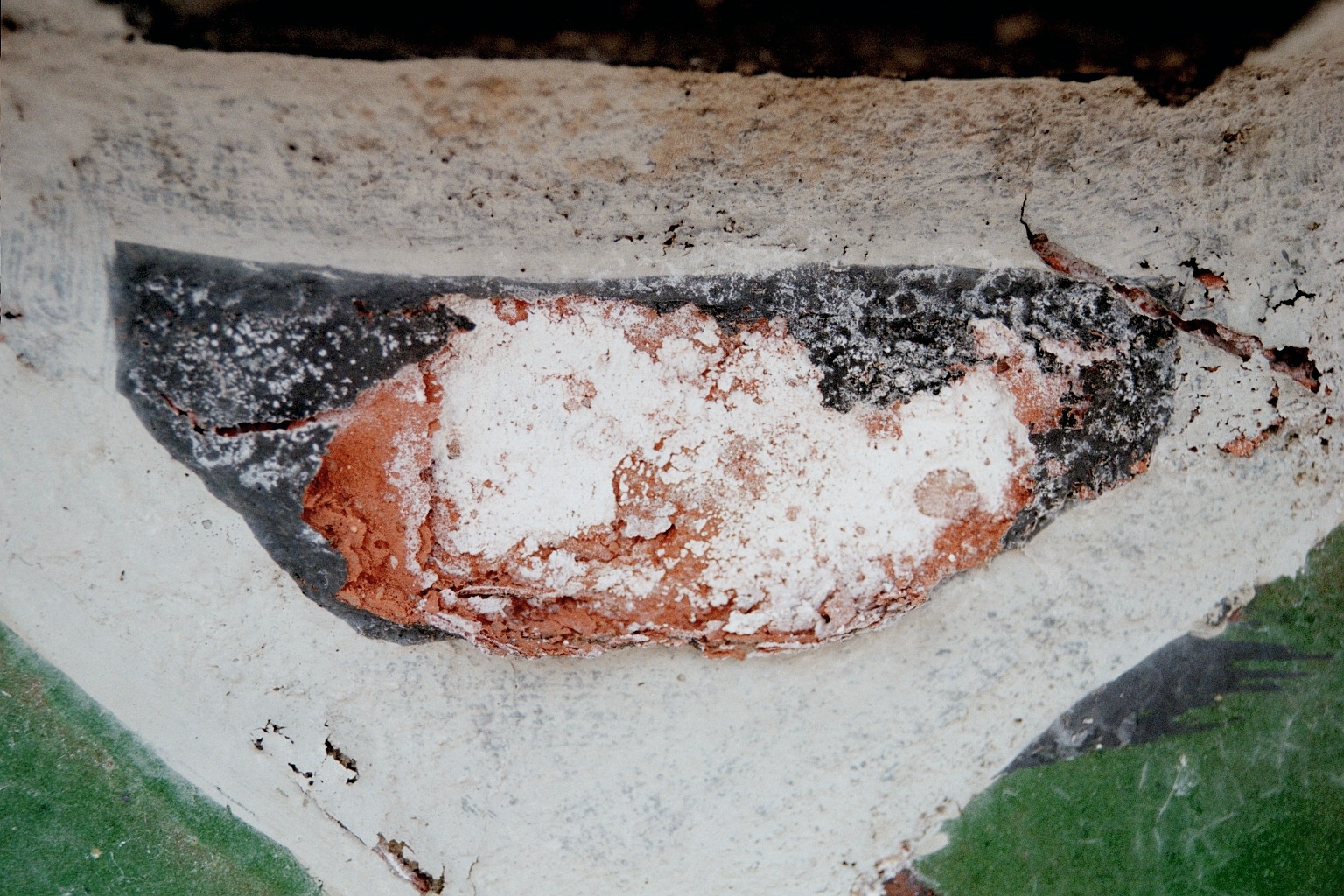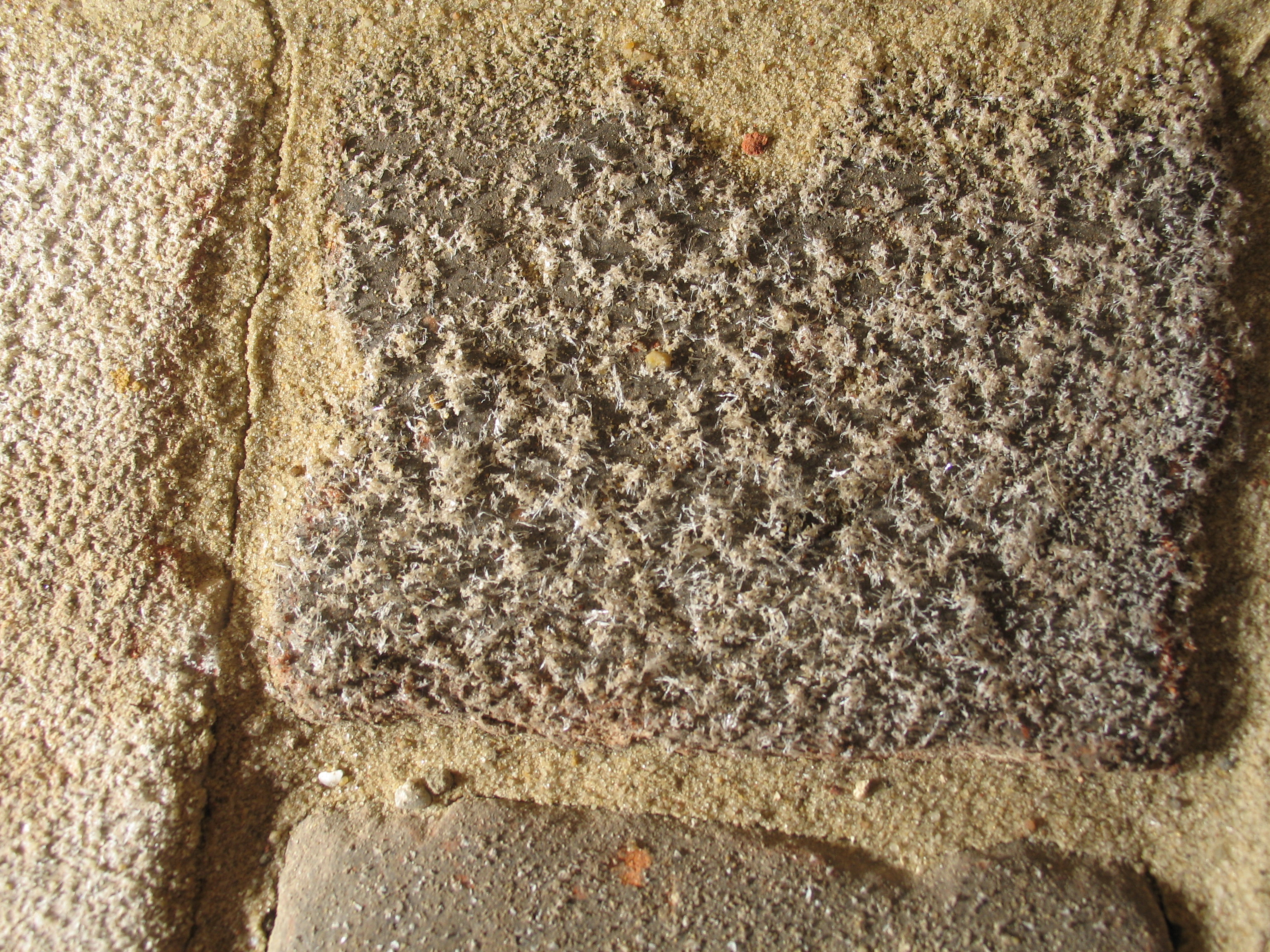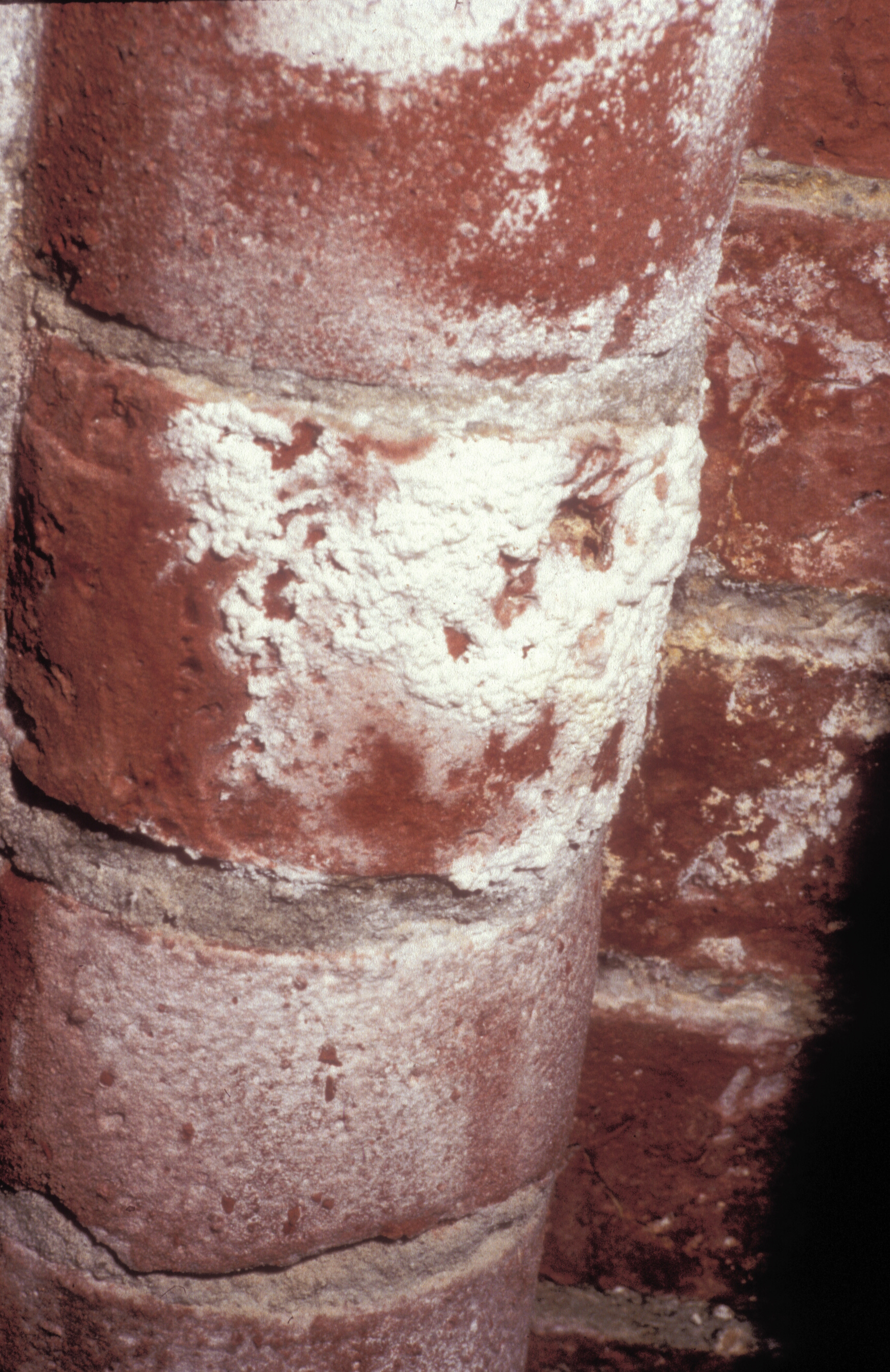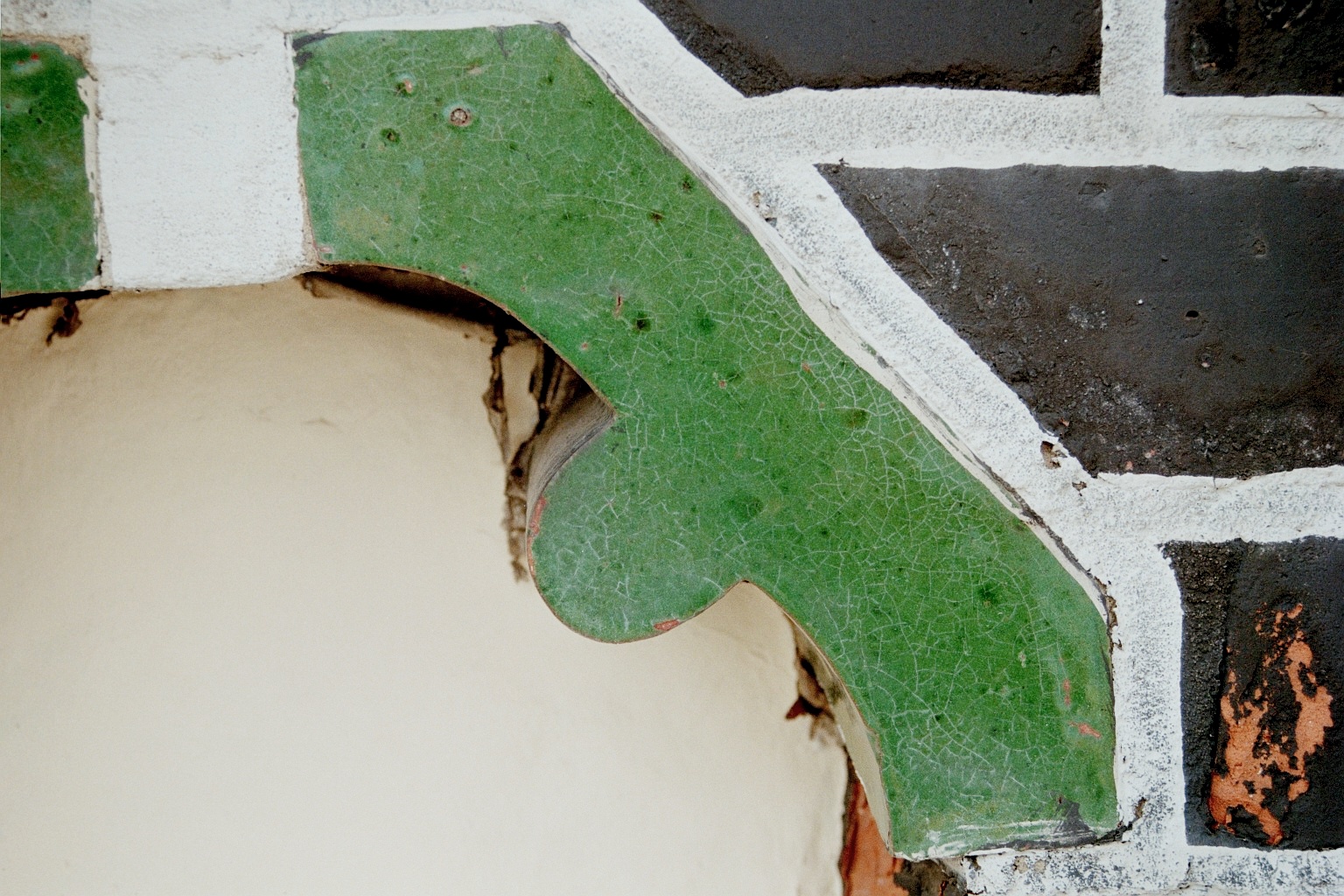Architectural Ceramics: Difference between revisions
| Line 42: | Line 42: | ||
===Back Weathering === | ===Back Weathering === | ||
<gallery perrow="3" heights="200px" widths="250px" caption=" | <gallery perrow="3" heights="200px" widths="250px" caption="Damage to a building in Lüneburg"> | ||
Image:Lueneburg-AmSande1 1.jpg|Figure 4: | Image:Lueneburg-AmSande1 1.jpg|Figure 4: Salts are damaging a shaped bloc | ||
Image:Lueneburg-AmSande1 2.jpg|Figure 5: | Image:Lueneburg-AmSande1 2.jpg|Figure 5: Salt damage under a coating | ||
</gallery> | </gallery> | ||
Revision as of 15:12, 1 June 2011
<bibimport/>
Author: Hans-Jürgen Schwarz
Back to Decay Pattern
Abstract
Typical damage patterns are presented and explained.
Decay Pattern of Architectural Ceramics
Ziegelschäden
Salt-induced damage to bricks are common.
Damage to bricks can look like this:
Glazed Architectural Ceramics
The glaze of a glazed building ceramics prevents both the transport of moisture and salts. Often however glaze is crackled, which allows a capillary moisture transport. The Craquelée particularly clear shows an existing salt load, which consequently often leads to the spalling of the glazes.
Some examples of salt-contaminated glazed building ceramics are shown here.
Flaking
- Decay pattern on a brick of the St.Jakobi church in Perleberg
Figure 3: Photomicrograph as Fig 2 but with crossed polarisers. It is clearly seen that the plaster is both responsible for the damage and on the other hand, he acts in this case as a kind of glue that holds together the broken brick pieces. With the removal of the original plaster the brick material would be lost.
Back Weathering
- Damage to a building in Lüneburg
Efflorescences
- Efflorescences on Architectural Ceramics
